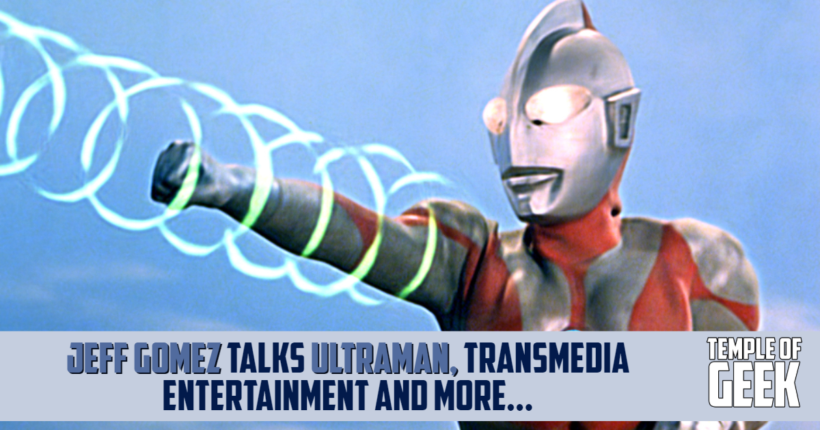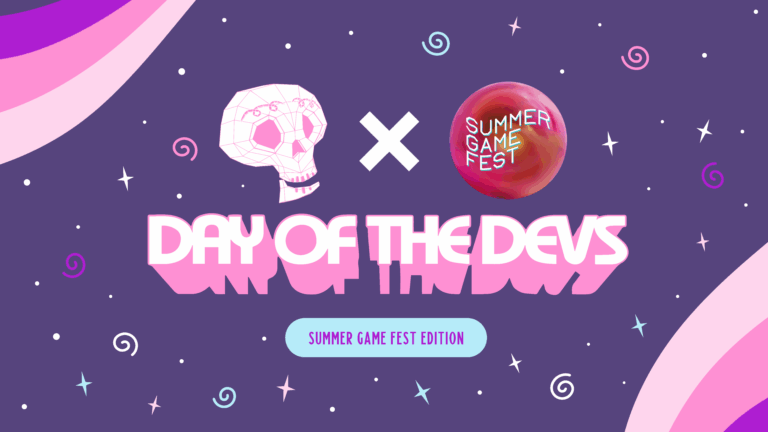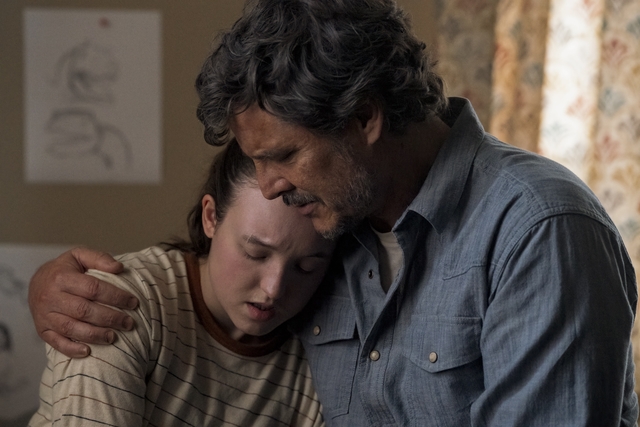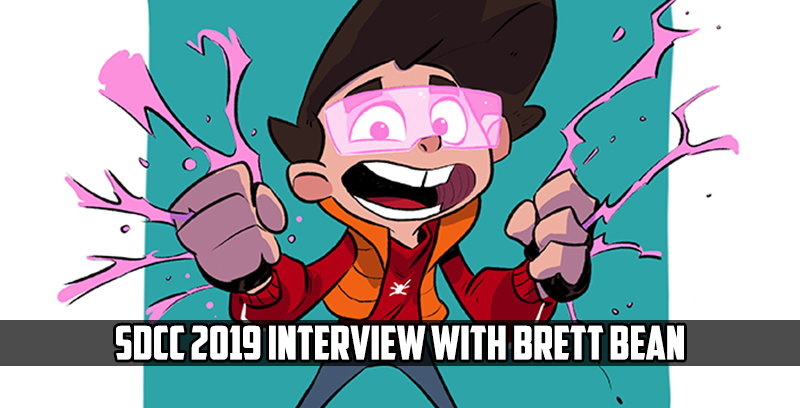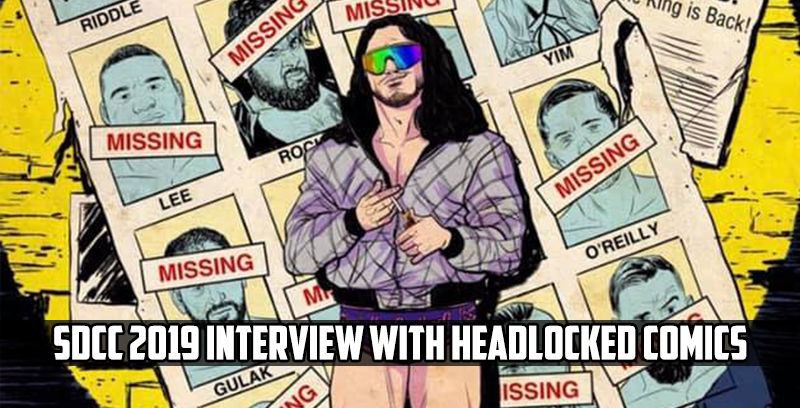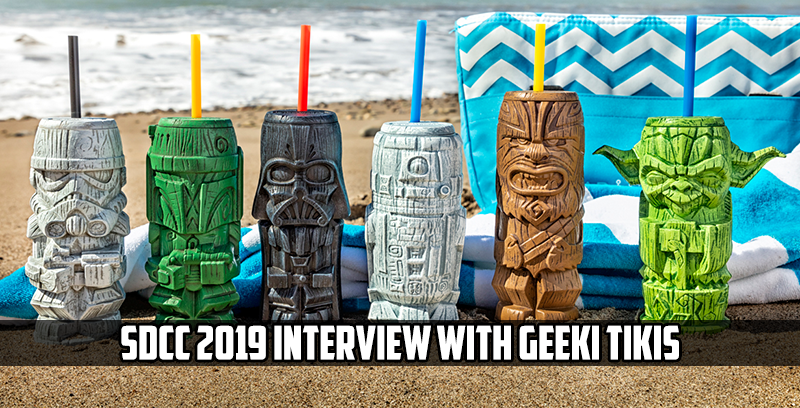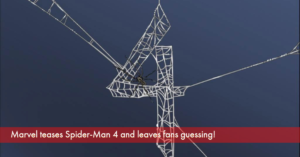Jeff Gomez has a knack for getting involved with hugely popular franchises, from Turok The Dinosaur Hunter, Avatar, Transformers, and Pirates of the Caribbean just to name a few. If it’s been popular in the last 30 years, then Jeff Gomez most likely had a hand in it. Jeff is now the CEO of Starlight Runner Entertainment, a transmedia company which is working hard to bring you ULTRAMAN! Jeff Gomez took the time out his busy schedule to talk with us.
Jeff Gomez, can you tell us how you started in entertainment and how you ended up with Starlight Runner Entertainment?
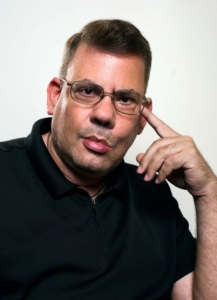
I was a sensitive kid growing up in a pretty scary world. I loved to escape into movies and television — Star Trek and Lost in Space — but some of that scared me as well. At seven or eight I stumbled onto a magazine called Famous Monsters of Filmland, and there were all these articles on how science fiction and horror movies were made. I was fascinated by the artifice, by the kind of work that went into creating these frightening illusions.
As I got older, I gravitated toward that process, first with shooting home movies with an old Super 8 camera, and then with fantasy role-playing games, creating maps and illustrations and incorporating props for my players. So, I guess I got started in entertainment because I had figured out how film and television and games and comics worked, and most importantly, I figured out how storytelling works.
That made me able to publish my own magazine, write games for role-playing companies, and edit comic books. My career in entertainment really started taking off after I landed at Valiant Comics in the early 1990s, a year or so before it was acquired by the video game company Acclaim Entertainment. Helping to adapt properties like Turok Dinosaur Hunter and Magic: The Gathering to comics, then video games, then web sites (which were entirely new at the time) was how I started earning my reputation as a producer and multi-platform storyteller.
In 2000, I joined forces with Mark Pensavalle, Chrysoula Artemis, and Fabian Nicieza and started building a company here in New York that formalized this new transmedia model we’d been experimenting with. This is a bit corny, but I called it Starlight Runner because I wanted to reassure clients in Los Angeles and overseas that we would be available to them any time of day. Got a problem at midnight? We’ll come running.
Can you explain to our audience what “transmedia entertainment” means to you?
My personal notion of what would become transmedia entertainment was derived from my love for Japanese “media mix,” where great live-action and anime characters were incarnated on any number of media platforms, and my passion for the interconnected superhero universes of Marvel and DC Comics.
Instead of just having a single canonical story world across a bunch of comic book titles, what if we could do that across different media. So the world of Dominaria explored in Magic: The Gathering cards was the same world you can find in the novels, and different lands and periods within that universe could be explored in the comics, and you could find the deep chronology of Dominaria on the web site.
That’s transmedia entertainment to me — and very few creators or companies were doing that at the time. You had that happen with Star Wars and Star Trek, but those were licensing programs, and not much of that content was considered to be official or canonical by George Lucas or Gene Roddenberry. My dream was to design these worlds from scratch to be able to operate across these different media, and for each story depicted in this content to be an official part of the lore or mythos of those worlds.
As it turns out, that’s exactly what we’re seeing today in everything from the Marvel Cinematic Universe to Breaking Bad to Harry Potter to The Conjuring. What a time to be a geek!
What sets Starlight Runner apart from other companies?
We’re creative producers, not an ad agency or marketing group. We’re one of the few companies out there that intrinsically understands what goes into conceiving, developing, producing, and maintaining transmedia story worlds. We have the trust and respect of some of the biggest filmmakers, video game producers, and Hollywood studios. They know that we will speak truth to power, defend and protect these worlds and that because of our process for deconstructing and analyzing these properties, that we offer the best possible guidance.
Starlight Runner also understands the production process for just about every kind of media, from app games to immersive installations to virtual reality projects. We understand the strengths and weaknesses of each, how to juggle your production timing for a transmedia campaign, and how to tell the best possible stories on each medium.
Let’s talk Ultraman, what was it like getting such a loved franchise?
Even when I was seven or eight years old, I had a sense that someone somewhere was making this Ultraman show that I loved so much. I wanted to be Ultraman, but I also wished that I could make Ultraman. Build those miniatures. Get into that monster suit. Direct these fantastic battles. A part of me understood that it would never happen. I was this poor Puerto Rican kid from the projects. Who was I to think I could learn how to make movies? Who was I to think I could go to Japan? Completely impossible.
Even after I did well in my career, I would go knocking, but Japan never answered. Their entertainment culture can be insular. They already had a kind of transmedia mentality. It seemed there was no place there for me. The thing about Tsuburaya Productions is that they appreciate passion for their property. Ultraman is so vast and sprawling and self-contradictory, that if you don’t know it intimately, the franchise can be impenetrable. Their goal was to reintroduce the character onto the international stage, so finding and working with someone like me was a great fit.
So, here I am on the other side of my life, and what was once impossible is now on every screen in my office, and it’s alive and we’re working on it. It’s hard to describe what that’s like except that it is 100% solid evidence that possibility is a state of mind.
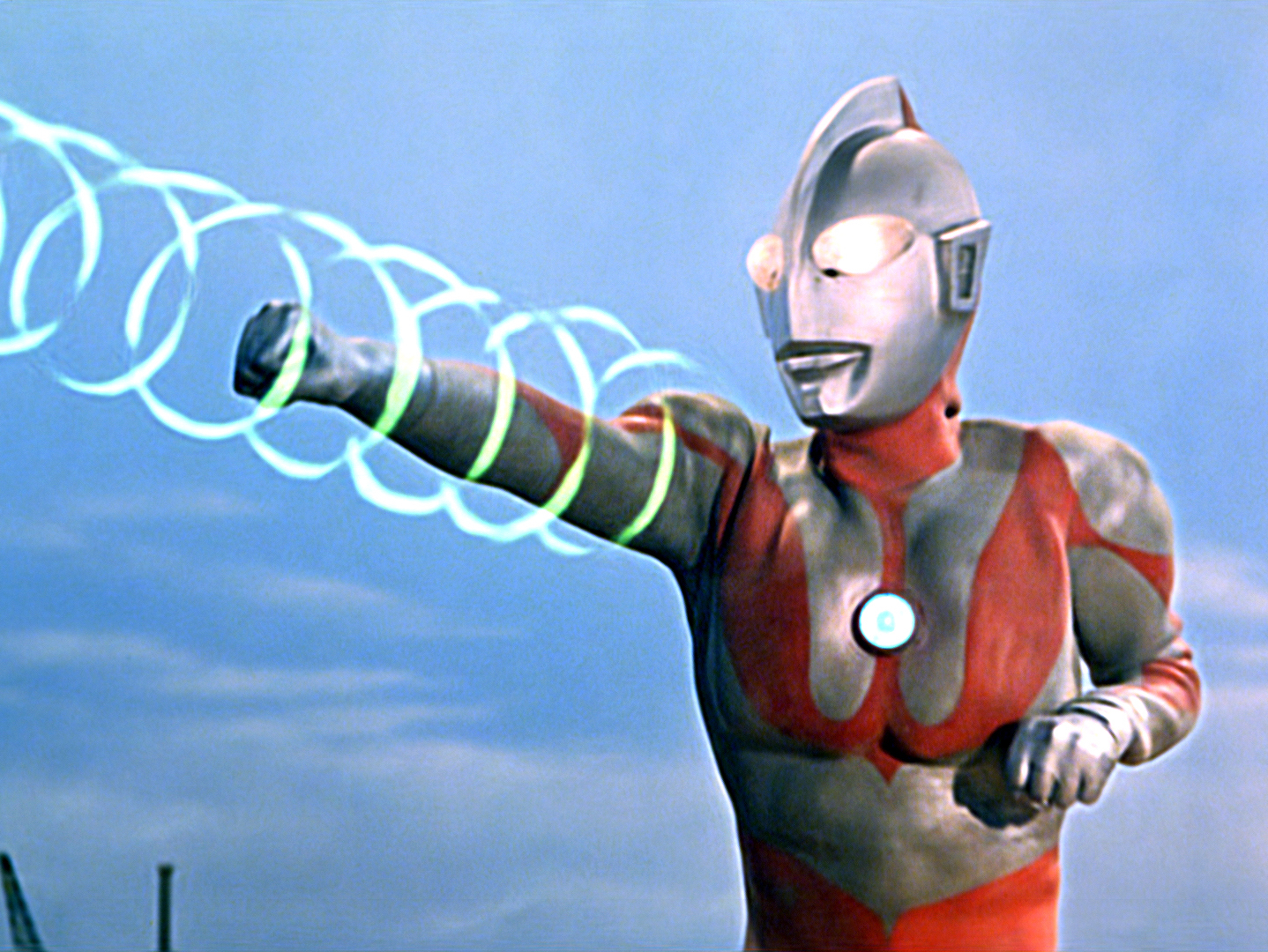
What can we expect from Starlight Runner’s plans with Ultraman?
Our first priority is to organize and create guidebooks we call Mythology documents to help our partners understand the essence of the Ultraman story world and everything that has ever happened in it. We then get to collaborate with many of the licensees of the property. Some will welcome our creative input, while others will use us as a resource for all things lore-related. You’ll start to see announcements around new licenses and new content shortly after the Licensing Show, which happens this June.
What are some of the difficulties of taking a well-known property and servicing the older generation of fans while also bringing in a new generation?
Younger genre fans might not realize this but Ultraman has had a huge impact on so many of the things they grew up loving. We see it in Power Rangers, Transformers, Pacific Rim, even Pokémon. So, a lot of the ideas in the original Ultraman series have been mined by Hollywood.
What is going to make a new movie or show feel exciting and original? How can we generate the same passion in our audience today that I experienced in 1972? These are the kinds of challenges Starlight Runner specializes in solving. We delve so deeply into these story worlds that we are able to pinpoint highly specific qualities that are unique to the characters and universe of the show. Making sure that those aspects are crystallized and freshly developed is the key. We’re doing that with Ultraman right now so that all new content will reverberate with the old. My goal is for parents who remember the old Ultraman shows to be excited to pass down the new content to their kids.
Ten years from now, where do you see Starlight Runner?
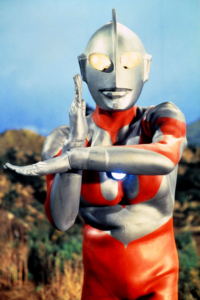
Ten years from now I want to see young Starlight Runners building story worlds all over the planet, the same way there’s going to be young Skywalker Jedi Knights all over the Star Wars universe. Ha!
I’d like to see the team enjoying our work on rich immersive worlds that are fully participative. I want to see narrative universes grow and evolve because of the direct creative participation of the audience.
And I’d like to see the results of Starlight Runner’s work in getting many of us to understand how story now works in the real world. If we understood the mechanisms of language, and how a story can be used to polarize us and foster authoritarian regimes, we would be able to recognize it earlier and know how to avert it. The kind of freedom we enjoy today in the United States is relatively new. Around the world, there’s an effort to go back to older ways of being. Liberty can be fleeting. We have to make sure we preserve the integrity of our freedom.
You have a history with Turok Dinosaur Hunter, star of the hugely popular Nintendo 64 video game franchise that you produced. Any chance we see a movie in the future?
I’ve picked up the phone several times since Turok first came out to discuss a movie. There was Gene Simmons of KISS, who owned the rights for a few years. There was Classic Media. There was Disney’s videogame division. There was DreamWorks Animation. Each one broke my heart, because no live-action movie. But I’m holding out hope because it’s too good not to turn into a giant feature.
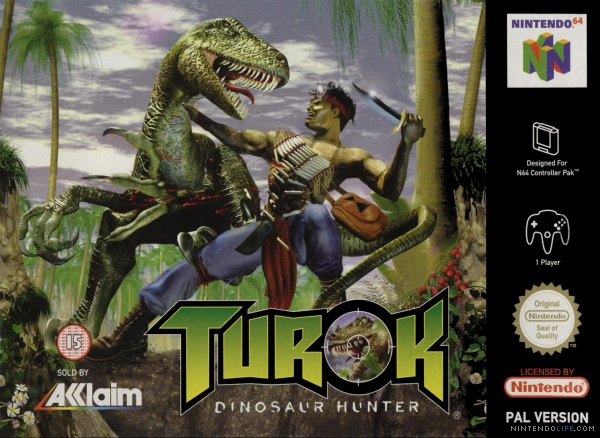
Can you tell our readers about Never Surrender! — what is it and why is it important?
Right after college in the 1980s, I became a grade school teacher. Because I was new they gave me yard duty during lunch and after school. I was sad to realize that when it came to bullying very little had changed from when I was teased and punched as a kid just for being different. But under this new circumstance, I knew those bullies and their families. I understood the chaos and violence and uncertainty in which they were growing up.
No one was listening to these kids, bullies or victims of bullies. No one was truly concerned about their feelings, empathizing with their situation, talking through the small traumas they experienced every day. I became determined to figure out how I could make a small contribution to change this somehow, and that was the seed for Never Surrender!
Never Surrender! is a talk I give, where I share my experience of being bullied, but also my understanding of the causes and effects of physical and psychological violence in young people’s lives. More importantly, it’s about how we can shift out of these kinds of power dynamics and take on the values and strategies of good listeners. Good leaders. These are the ways of thinking that brought me a life beyond my dreams, so to me, it’s vital to pass that on.
I started giving the talks at local science fiction and comic book conventions, and somehow word spread and I wound up doing a national tour in the early 1990s. Everywhere I went, I learn that there were students who were being punished and not allowed to see me, and I would insist to the principals that they absolutely must see me — even if I had to go to the classroom where they were locked up and do the whole seminar just for them. I made some dear friends for life in those rooms. Since then, I’ve gotten to speak with over 300,000 students all around the world.
A bit of the talk is distilled in my TEDx speech, which you can find here:
Jeff Gomez, what’s next for you and Starlight Runner Entertainment?
We’re making preparations to realize that ten-year plan. This means learning the workings of entirely new industries, and figuring out how to innovate within them. It means telling fully participative stories, which require new story models. Check out my blog on Collective Journey Storytelling if you’d like to learn more.
For more Comic Con Interviews:

